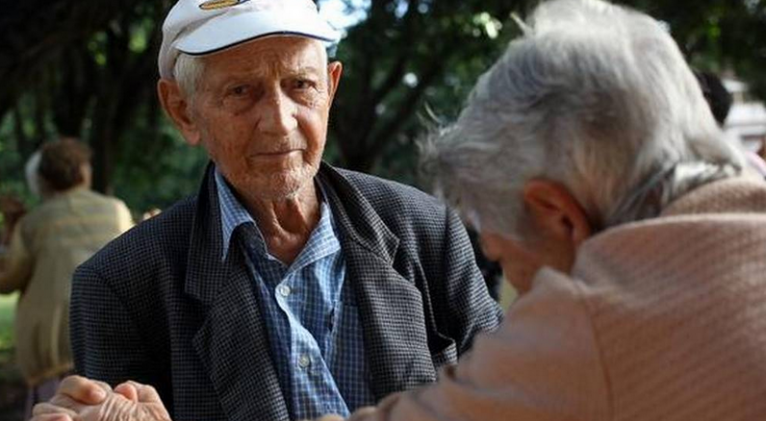Cuba: Aging, the Main Challenge in the Demographic Field
especiales

The National Office of Statistics and Information (Onei for its acronym in Spanish) gives the keys to understanding how the aging process unfolds in Cuba, the national challenge par excellence in the demographic field.
In its report The Aging Population. Cuba and its territories, May 2023 edition, Onei maintains that this trend in Cuba is precisely an aspect that should not be lost sight of because of how much it entails.
“This process has had as its main causes the accelerated speed of its demographic transition, the stabilization of low levels of fertility and mortality, variables that, together with the behavior of migrations in recent years, have caused almost zero or negative growth rates,” he points out the source.
These data also reflect the epidemiological transition, a process where chronic diseases gradually replace infectious diseases as the main causes of morbidity and mortality, something that the health panorama of the Cuban population clearly reflects.
Cuba does not have generational replacement, since 1978 the Global Fertility Rate (GFR) has been less than 2.1 children per woman necessary to support this population change. In 2021 the DFR was 1.45, until then the lowest in the last two decades, the place occupied by that reached in 2022, which continued to drop to 1.41.
The truth is that if you want to see how a country changes, there’s no better way than to observe its demographic dynamics, a standard that forces us to rethink the way in which society is organized to provide a response to the necessary care that these changes entail, and that go through specific policies aimed at addressing each element of such panorama.
Specialists from the institution itself recently stated to the press that population dynamics are also marked by features such as its decline in absolute numbers, the decrease in people of working age and the total number of women of reproductive age.
According to the Center for Population and Development Studies of the Office itself, it’s also clear that taking into account the statistical variables, some alternative scenarios have been developed for years and in none of them could the country reach 12 million inhabitants.
Today we are 11 223 948 and according to the latest projection published by the aforementioned organization, within 26 years Cubans will reach the number of 3 343 520, which would represent a degree in aging of 35.9%.
In one of these probable scenarios, it’s also worth reiterating that by then on Cuba there will be proportionally fewer people working and contributing to support an elderly community, which in many cases will be retired and will have high health care needs.
Taking these variables into account, it’s impossible to ignore topics such as the criminal economic, commercial and financial blockade of the United States against its neighboring island, which chose to decide since 1959 its path with policies contrary to the disgraceful past, characterized by the abandonment of the most vulnerable.
It was imperative then to reactivate the domestic economy and prepare the replacement of those who had made their contributions to Homeland for decades and of others who had just retired.
However, it would not be correct to see it as a negative and problematic effect, since it’s considered an achievement associated with the sociodemographic development of Cubans, and Cuba prepares for this great challenge with sufficient advance notice, since the data show that the degree of aging is increasing and approaches the described horizon.
Translated by Amilkal Labañino / CubaSí Translation Staff














Add new comment